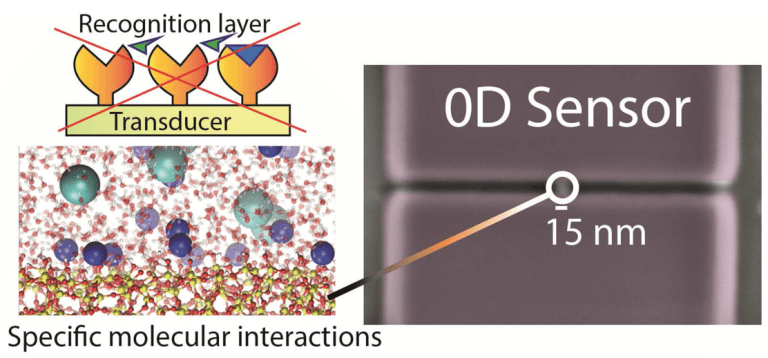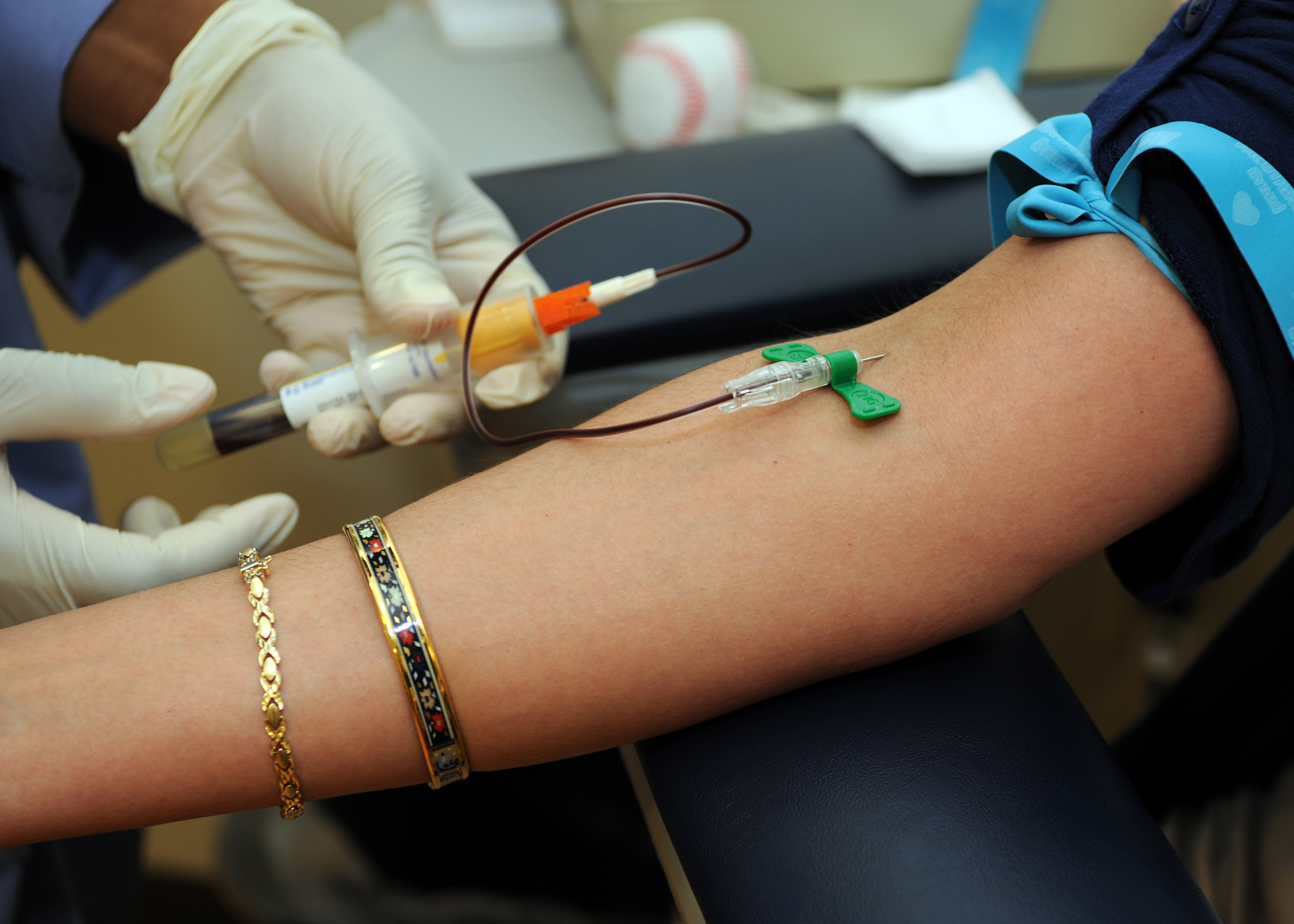With colleagues from France and Japan, Dr Remco Hartkamp of the Department of Process & Energy, developed a new method to analyse blood using a nanotransistor. The work was published in Nature Materials this month.
Testing the blood of patients suffering from an electrolyte imbalance is usually a major effort because various selective tests have to be performed. (Photo: Wikipepdia)
Abnormal heart rate, palpitations and muscle pain: these are some of the symptoms of hyperkalemia, caused by an elevated level of potassium (K+) in the blood serum. Potassium is one of the primary ions of electrolytes in our blood. Electrolytes are involved in fluid balance and blood pressure control.
If your body doesn’t succeed in regulating electrolytes correctly, you need regular blood checks. And testing the blood of patients whom doctors believe may be suffering from an electrolyte imbalance is usually a major effort because various selective tests have to be performed.
Dr Remco Hartkamp, expert in computational chemical physics at the Department of Process & Energy, has developed a new method, together with researchers from the Centre National de la Recherche Scientifique (CNRS) in France and the NTT Basic Research Laboratories in Japan, that will make it easier to measure the concentration of different electrolytes in the blood using a nanotransistor.
The results of the research were published this month in Nature Materials, “Selective layer-free blood serum ionogram based on ion-specific interactions with a nanotransistor.”
‘We are performing measurements at the molecular scale’
The researchers presented what they called a ‘0D’ ion-selective field-effect transistor (ISFET), with a sensor of just 25 nm—much smaller than the conventional nanowire ISFETs.
“The channels through which the blood flows in this device are only 25 nanometers wide,” explains Hartkamp. “This is so narrow that all molecules in the blood are extremely close to the walls. Basically we are performing measurements on molecules with a device that itself has dimensions that are almost of the molecular scale. At that scale substances behave differently than at the macroscale. It allows us to measure with much higher accuracy.”
“What’s more, we only need tiny amounts of blood. Instead of having a doctor tapping 15 cc of blood from a patient, the patient will now be able to do the measurements himself by pricking a tiny needle (hardly noticeable) in his arm. These developments are particularly important for patients who undergo regular ionogram measurements – those suffering from hyperkalemia or renal insufficiency, for example – or who take antidiabetic, corticoid or lithium medications.”
The apparatus is not ready for commercial use, though. “We need to do more testing and simulations,” confirms Hartkamp. “The present collaborative study has taken important steps towards more accurate and versatile blood analysis at low cost and has improved our fundamental understanding of ion-specific adsorption. Further study is being performed to complement the present data and build on the current findings.”
More information: R. Sivakumarasamy et al. Selective layer-free blood serum ionogram based on ion-specific interactions with a nanotransistor, Nature Materials (2018). DOI: 10.1038/s41563-017-0016-y
 Electron microscopy image of part of the device. Because the channel is extremely narrow, the device can very accurately measure molecules in the blood. (Image from the Nature Materials publication)
Electron microscopy image of part of the device. Because the channel is extremely narrow, the device can very accurately measure molecules in the blood. (Image from the Nature Materials publication)Do you have a question or comment about this article?
tomas.vandijk@tudelft.nl


Comments are closed.